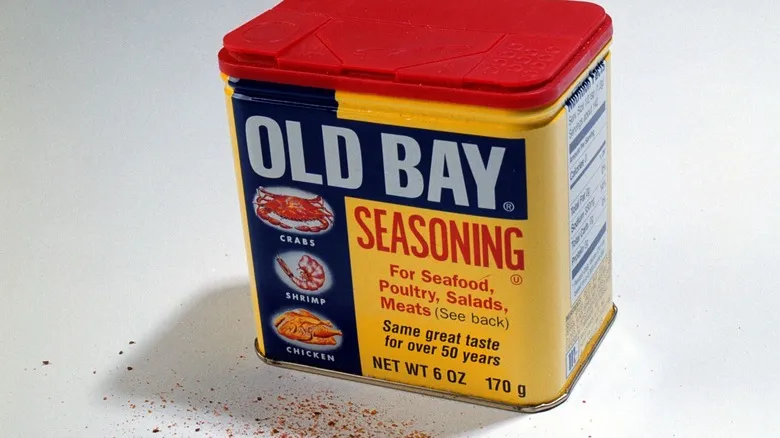The history of spotted dick and where it stands today

The fluffy, steamed pudding is a relatively simple and inexpensive dish to prepare, with origins that stretch back for centuries. The earliest known recipe for spotted dick pudding appeared in a cookbook in the 1840s. The term "spotted" refers to the pieces of dried fruit, while the word "dick" in 19th-century Britain had a very different connotation than it does today. At various times, it could mean anything from an apron to a shorthand for "dictionary." However, by the mid-1800s, "dick" was being used to refer to a type of pudding. Some suggest it comes from the word "dough," but it’s more likely a shortened form of "puddick," an older term for pudding. When treacle sauce (similar to molasses) was added to these mixtures, it was called "treacle dick," which led to the creation of the original spotted dick.
While some restaurants have attempted to modernize the classic dessert with names like "Spotted Richard," spotted dick is not as commonly found on U.K. menus as it once was. If you're interested in trying this treat, you might spot it at a traditional British pub, but an even better option is to give the straightforward recipe a go at home. Recently, puddings have seen a revival thanks to the popularity of the BBC series "The Great British Bake-Off." So, don’t dismiss this amusingly named dessert until you’ve had a taste.
Recommended

What Exactly Goes Into Old Bay Seasoning?

Are French Fries Even French?

The Practical Reason Tortilla Chips Were Invented

Brigadeiros Vs Chocolate Truffles: What's The Difference?
Next up





